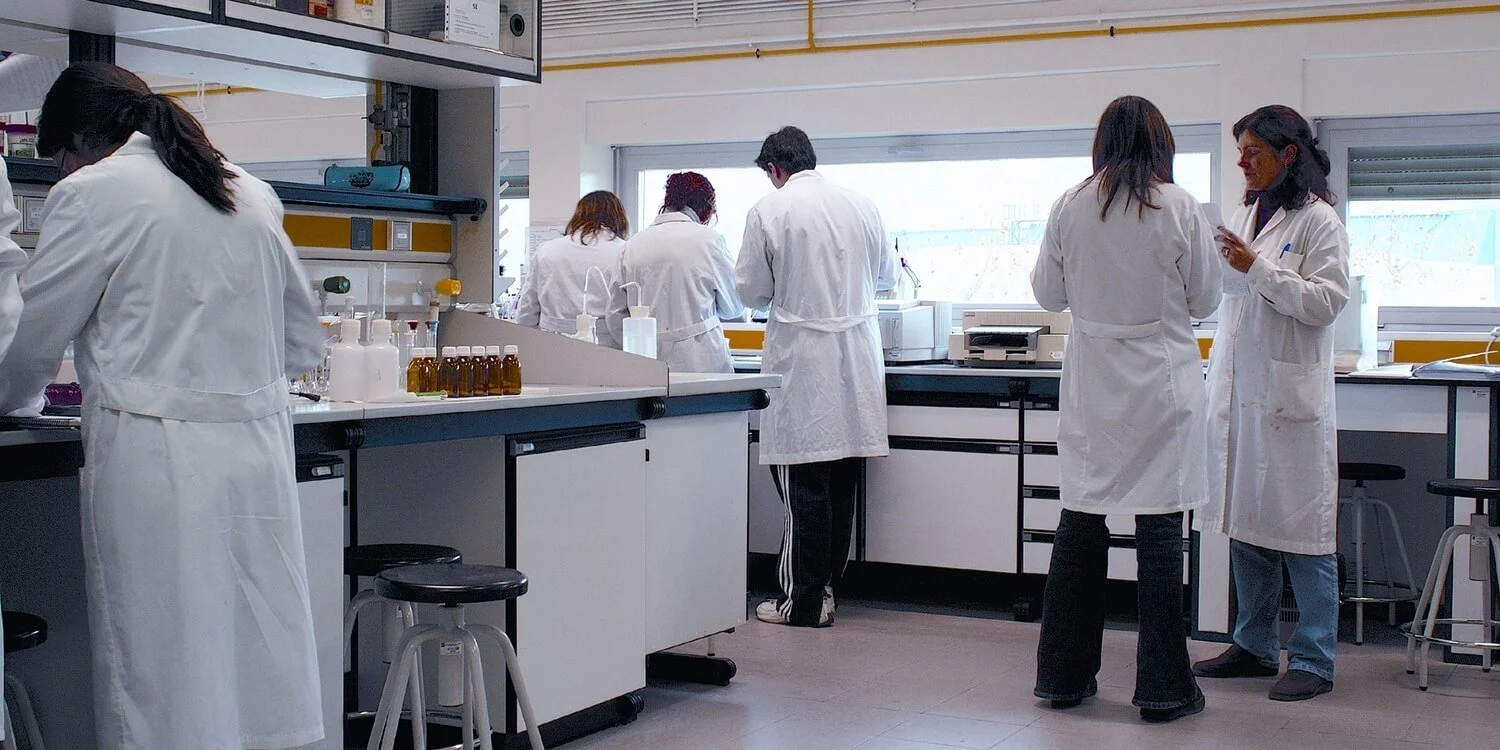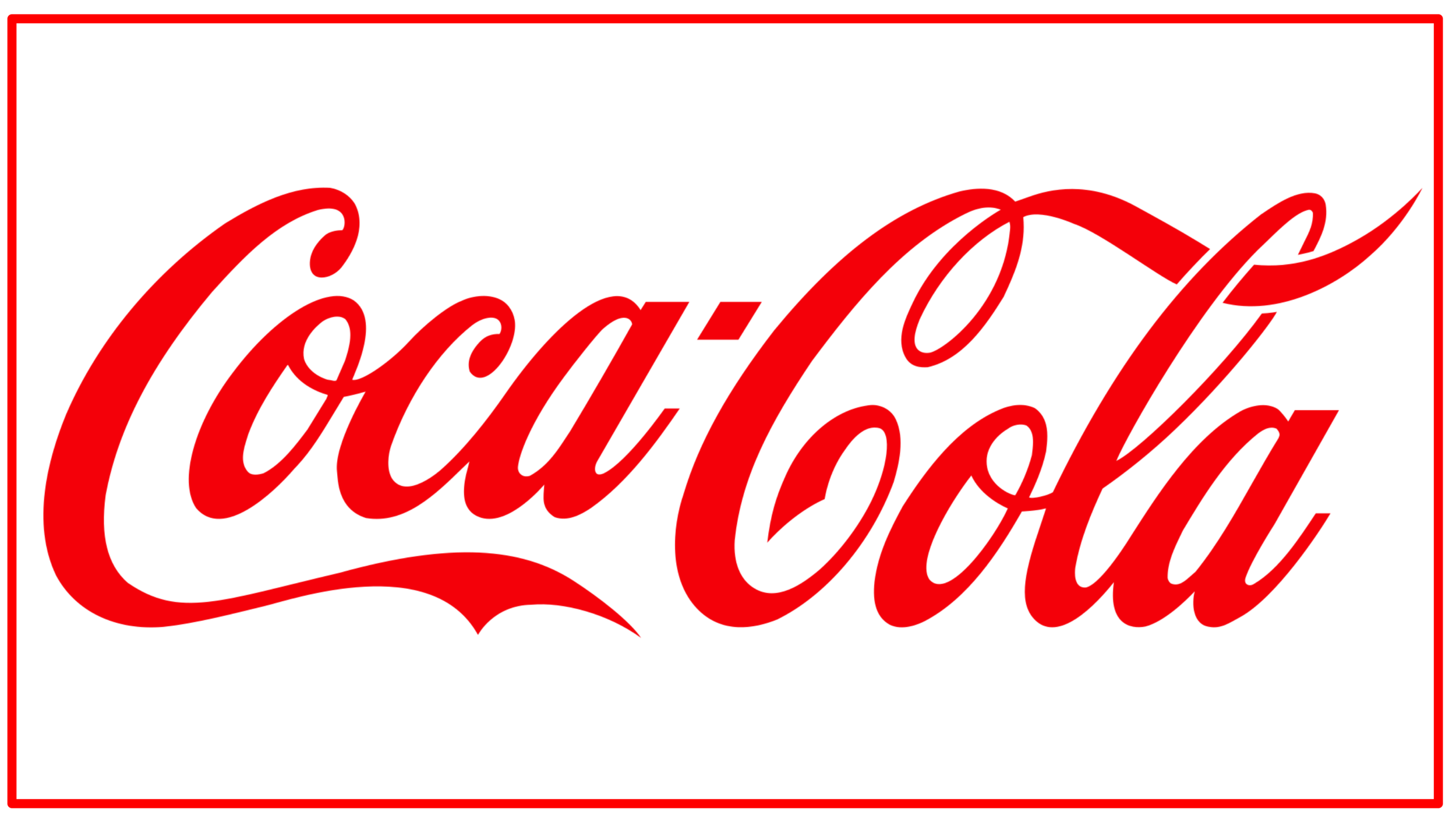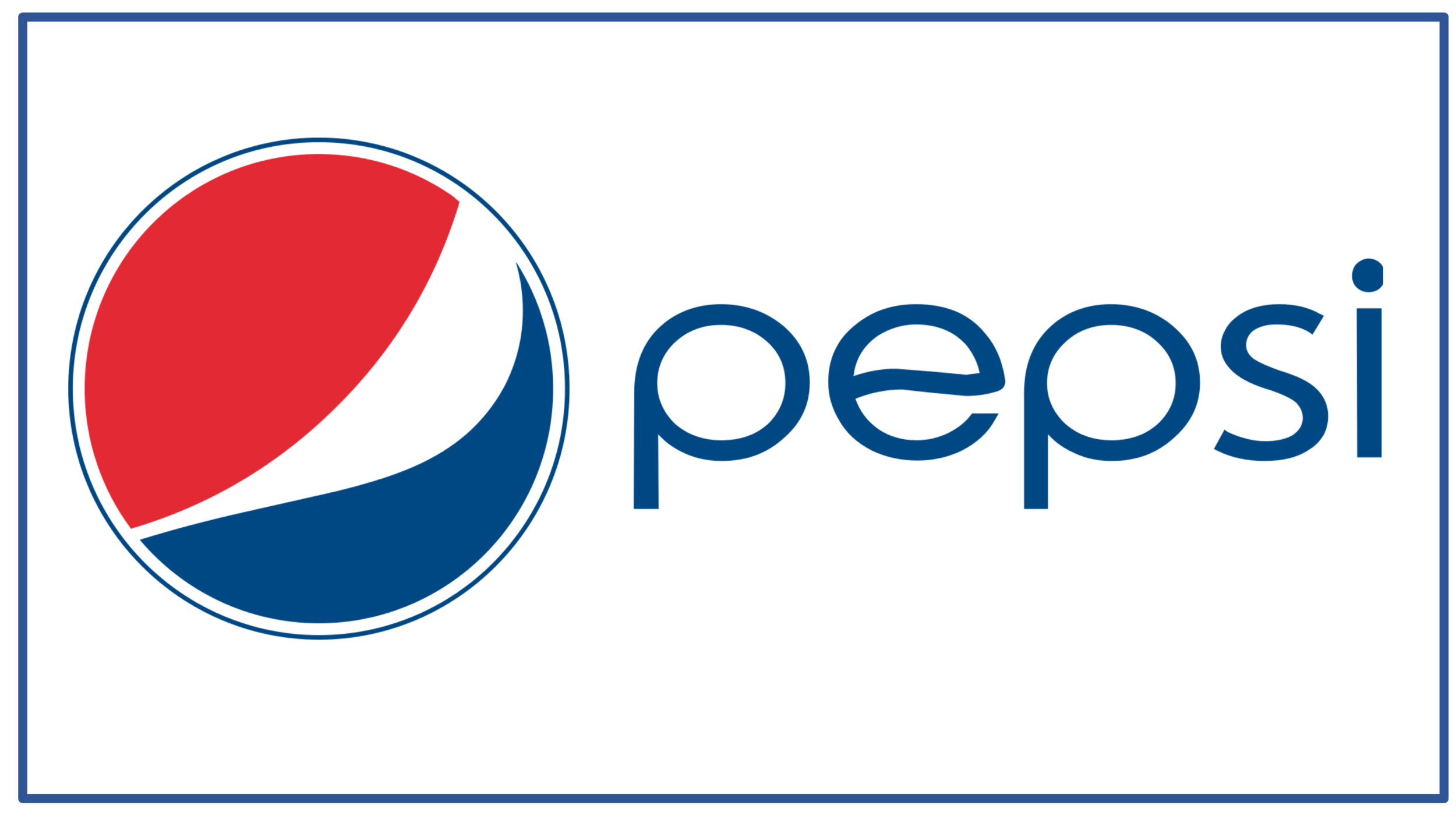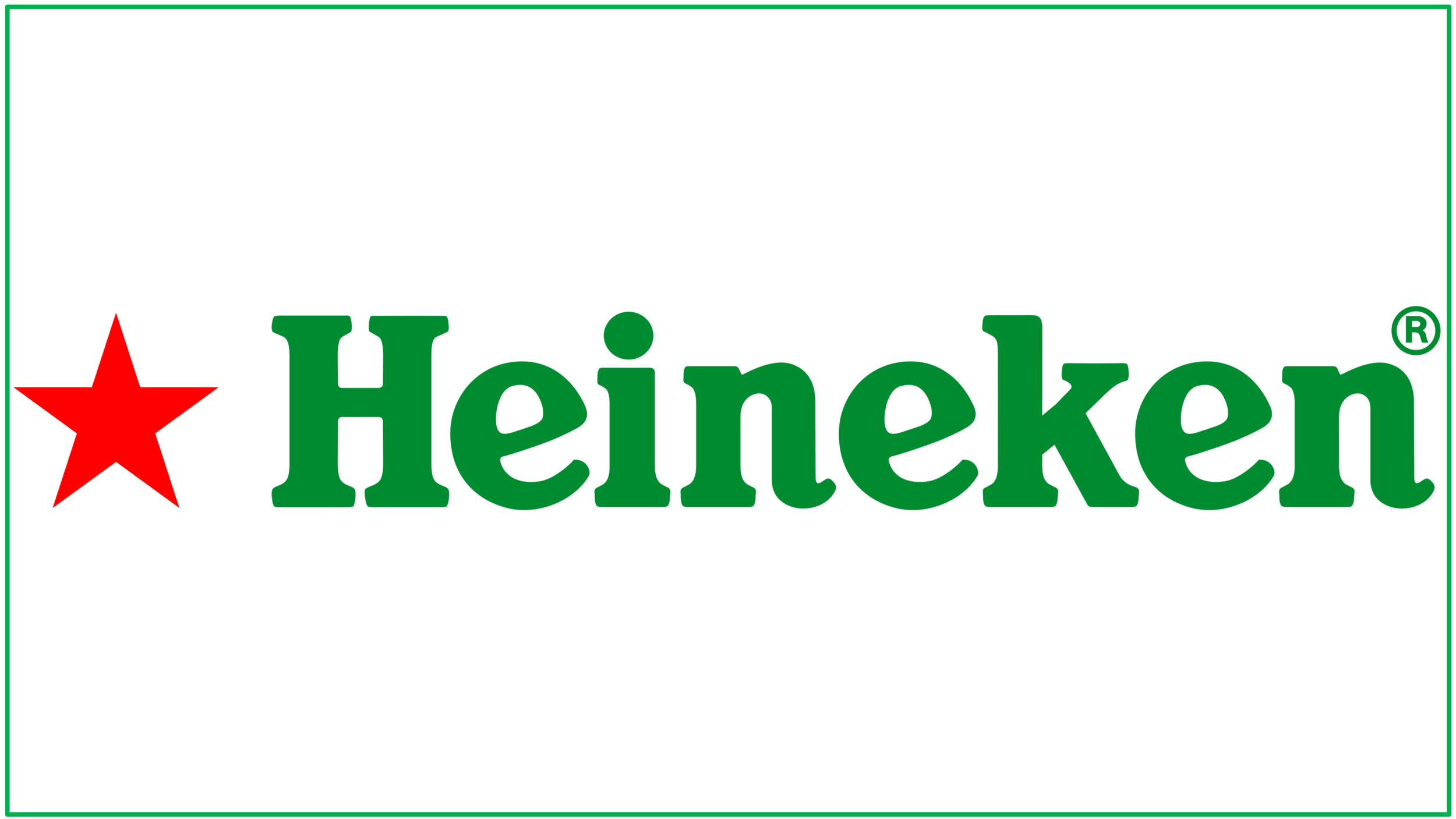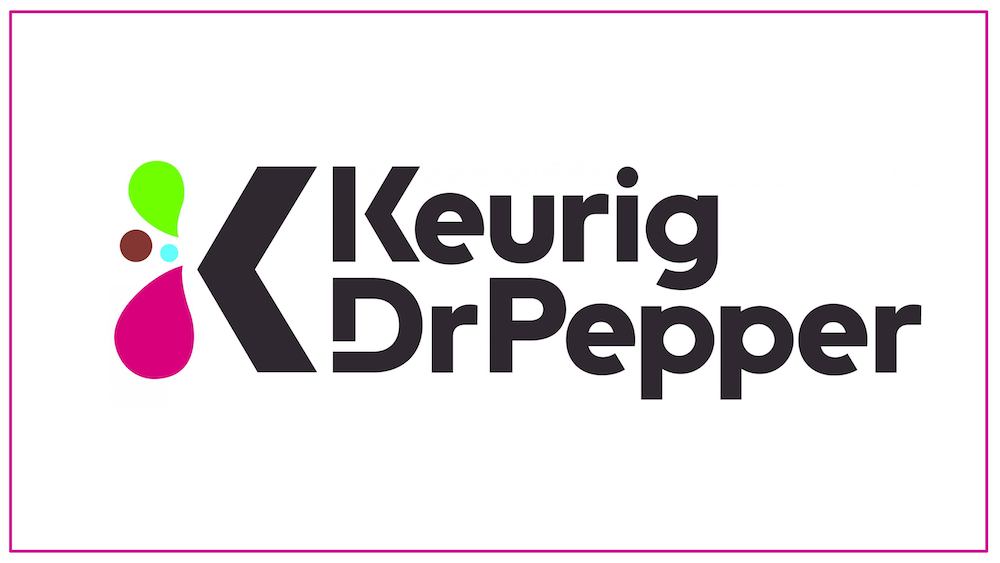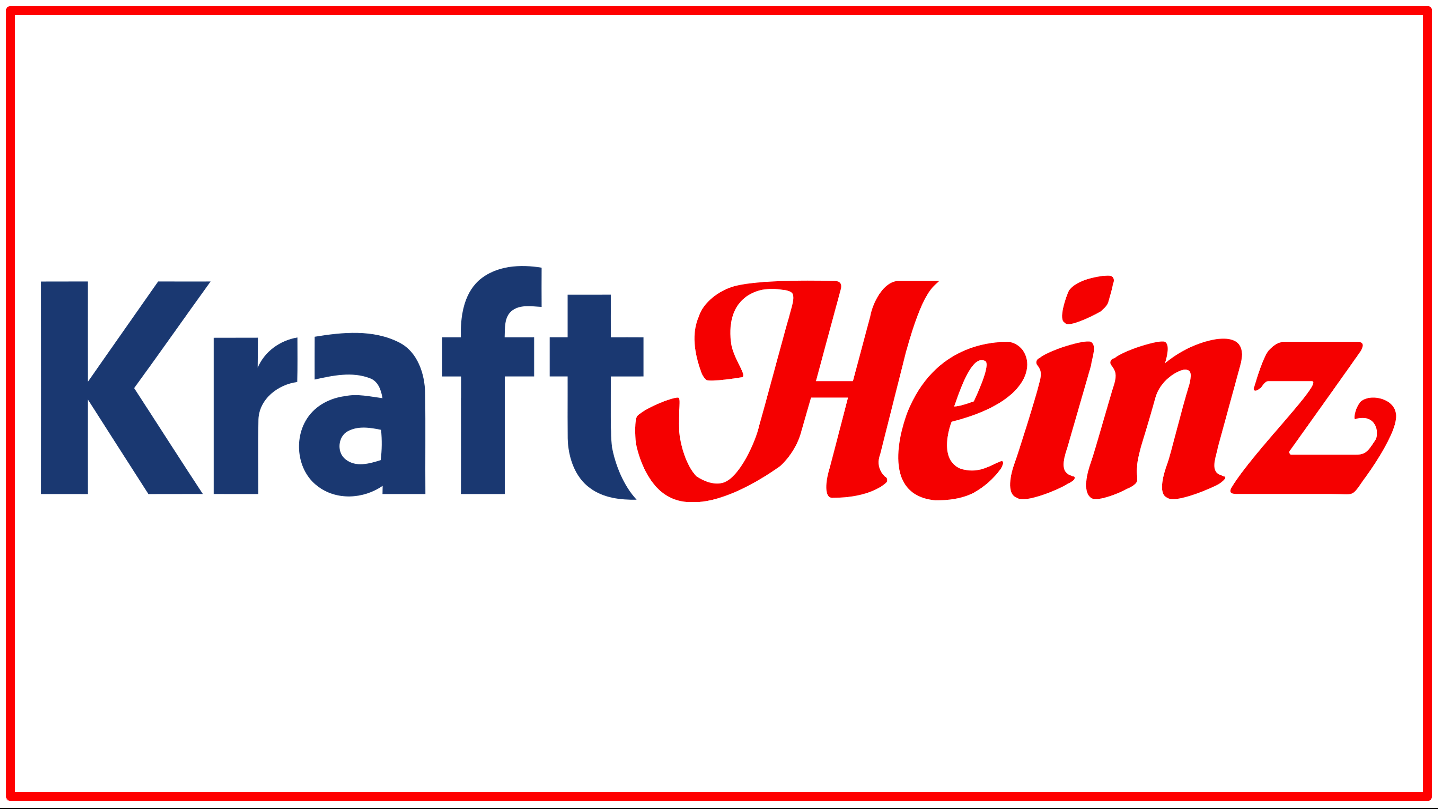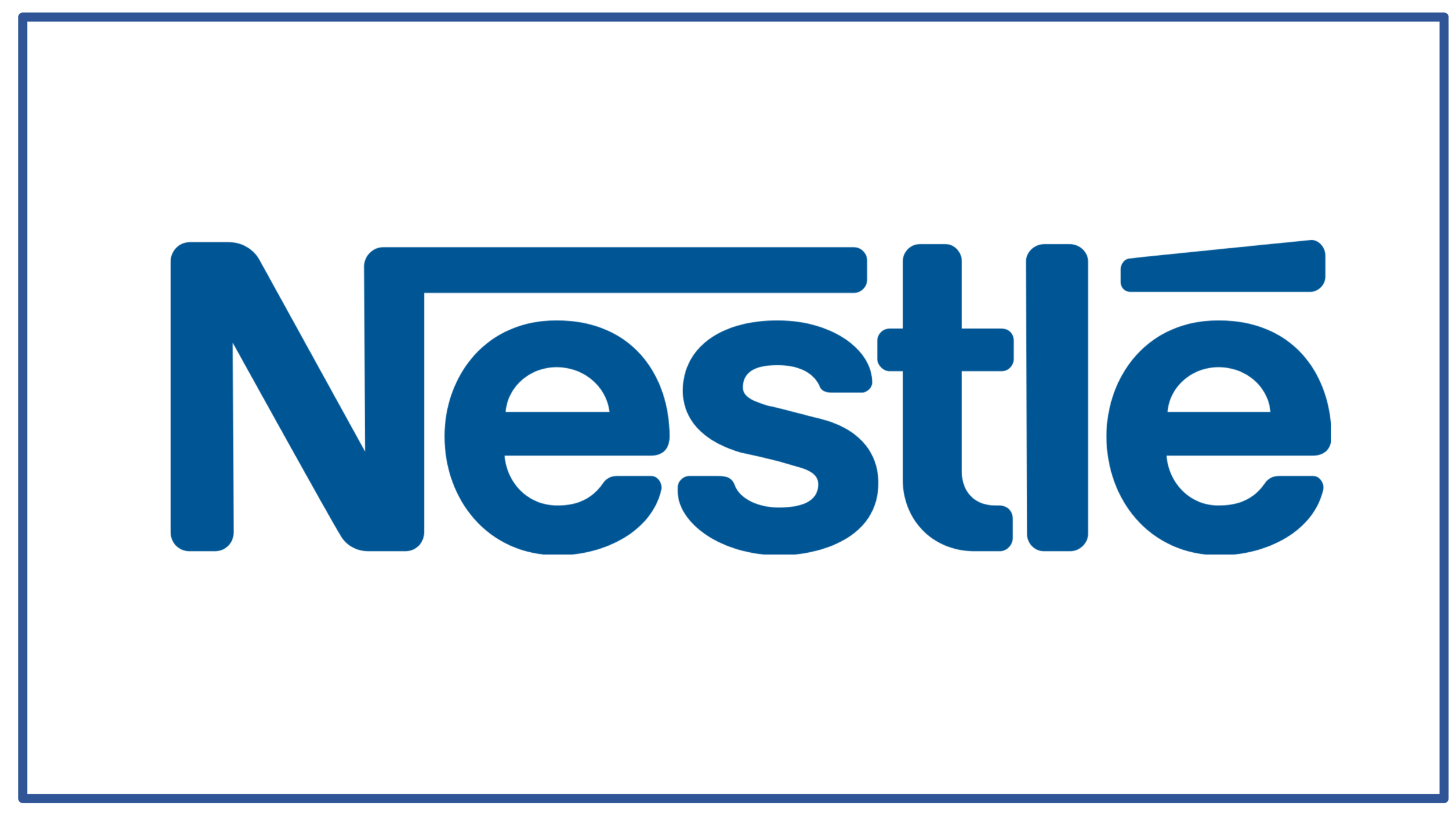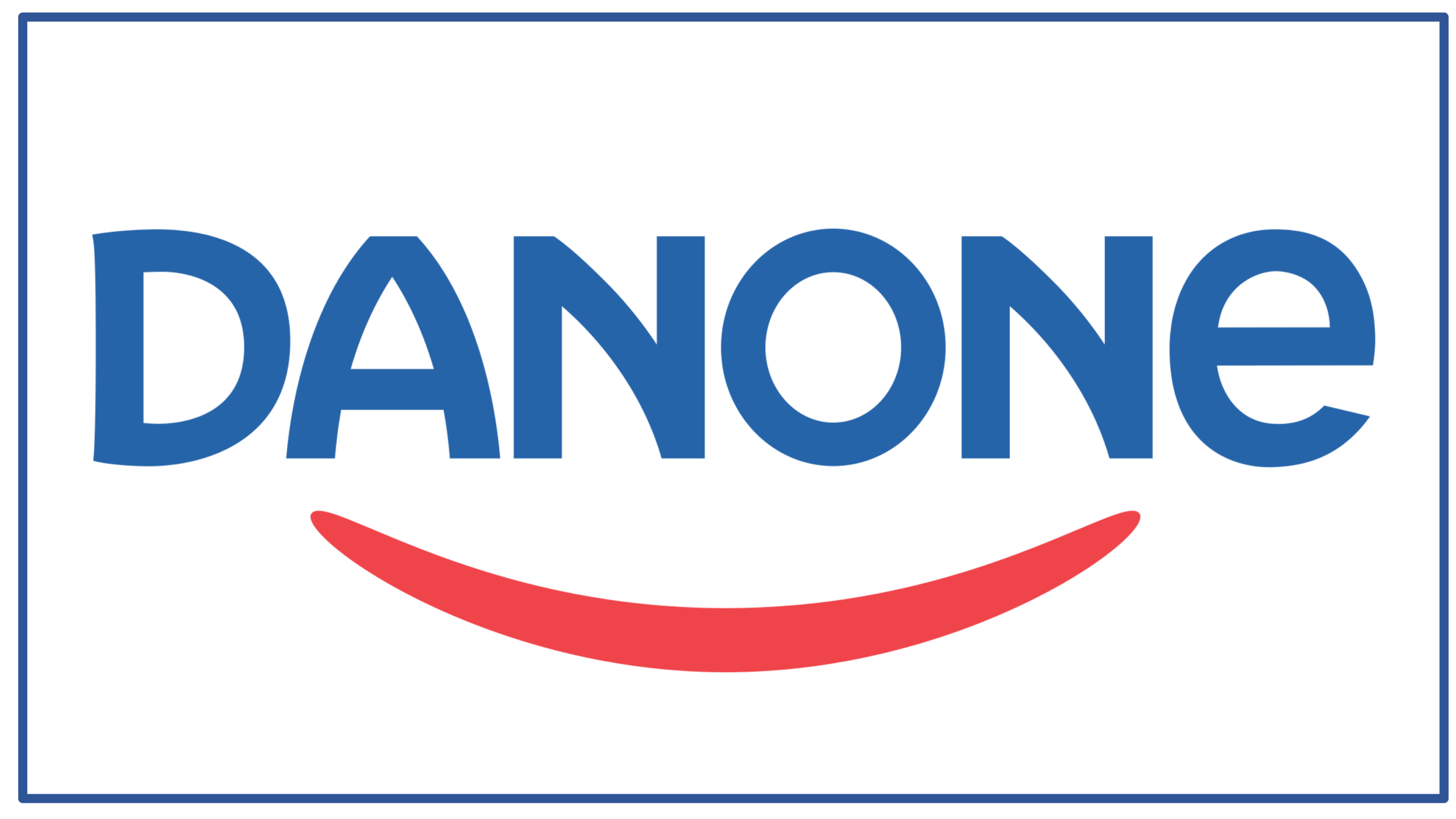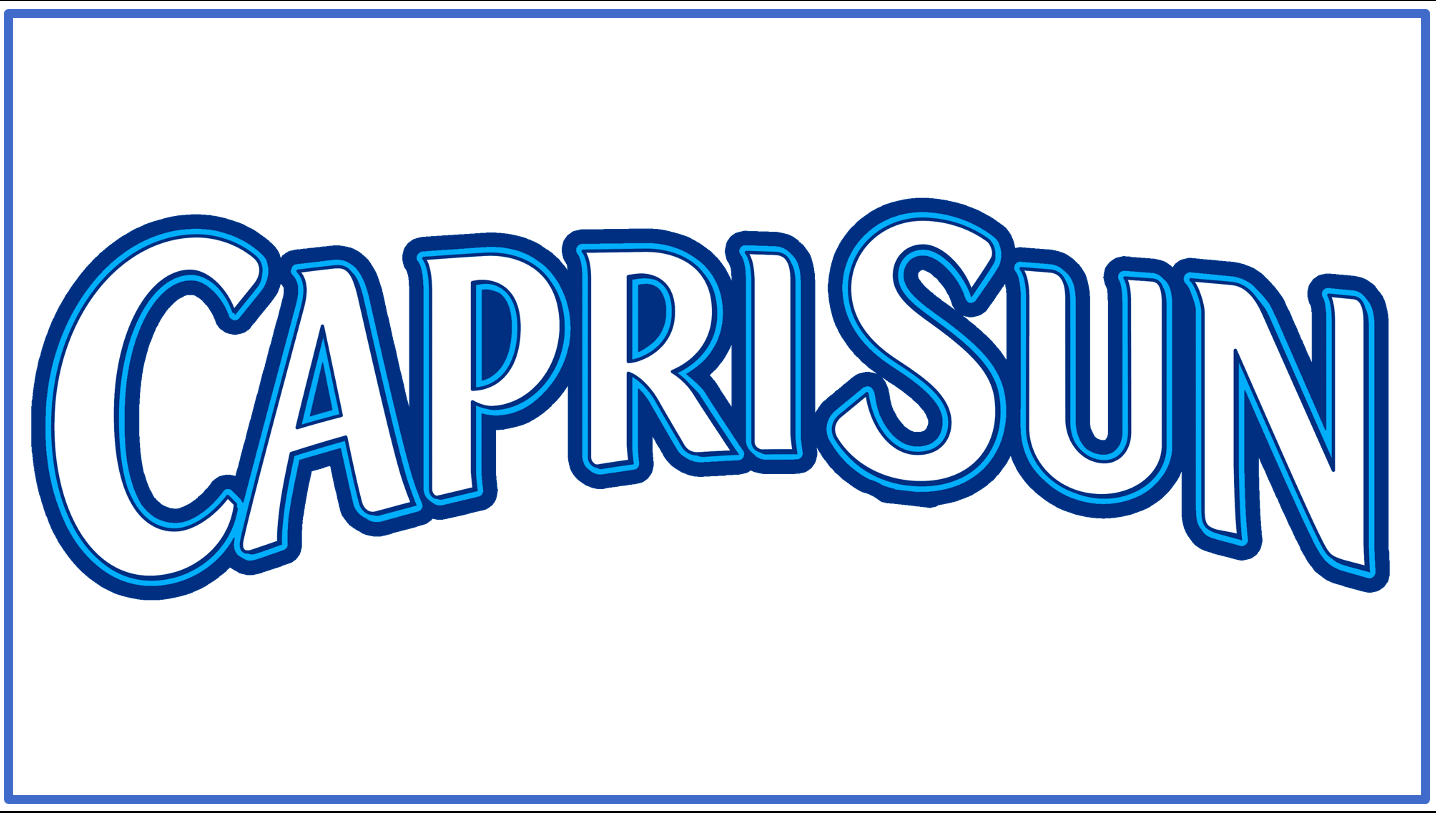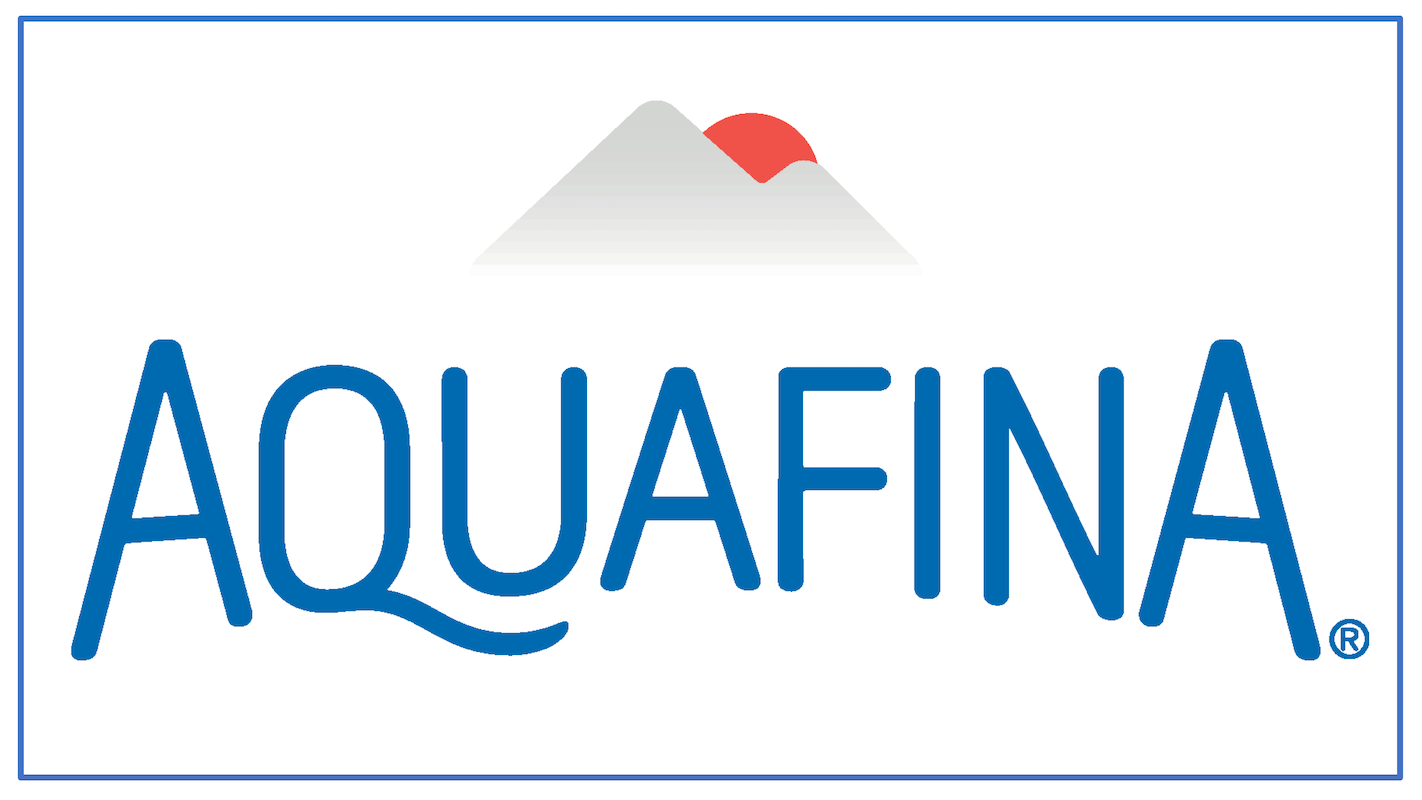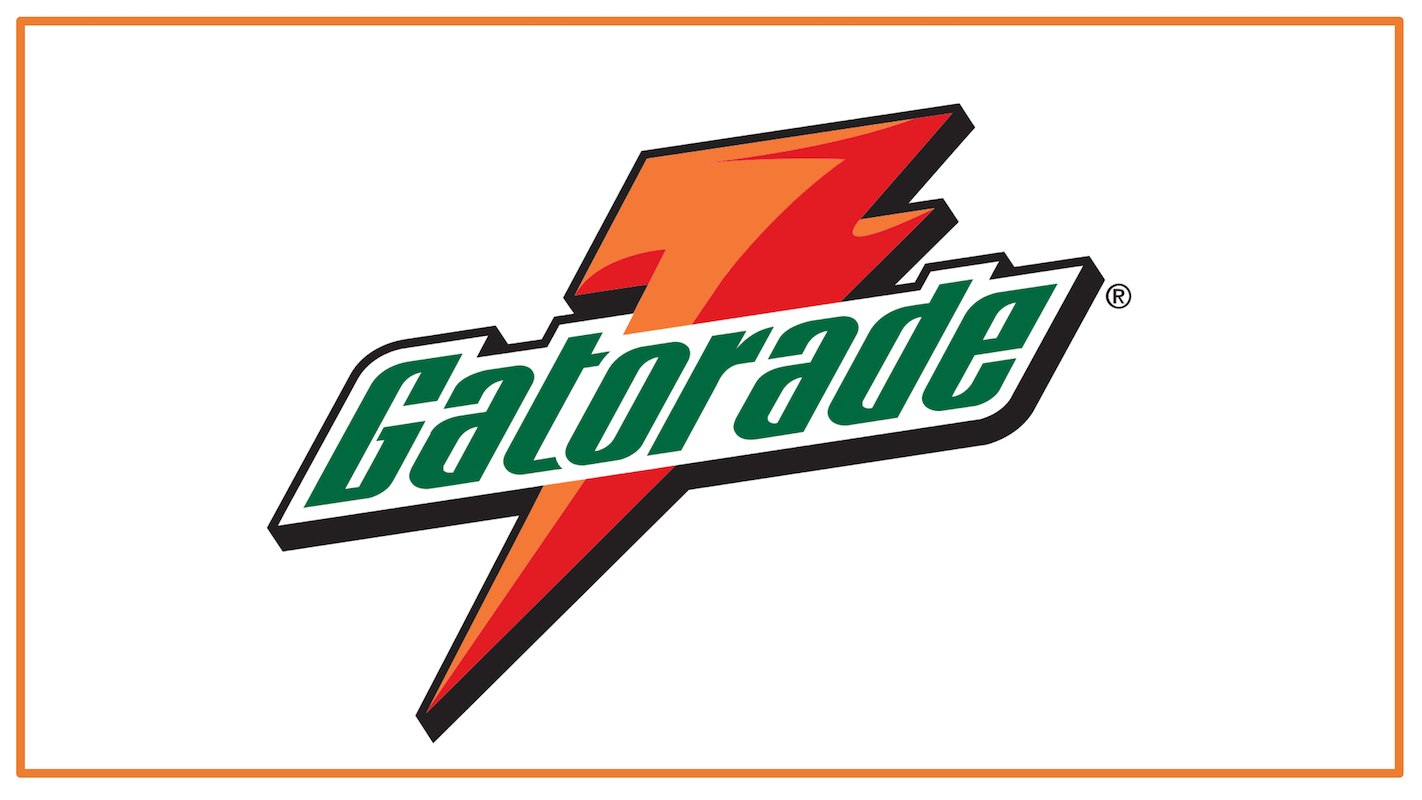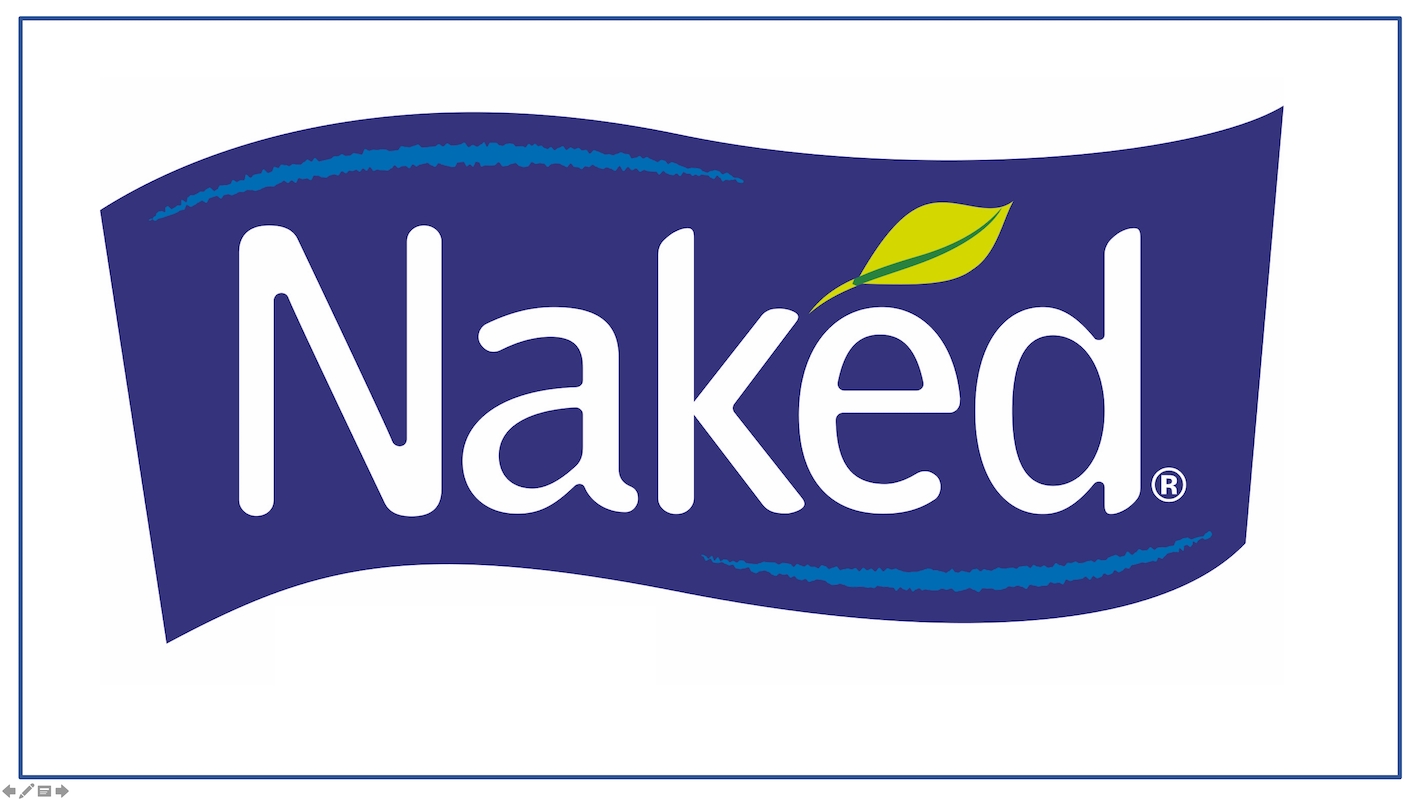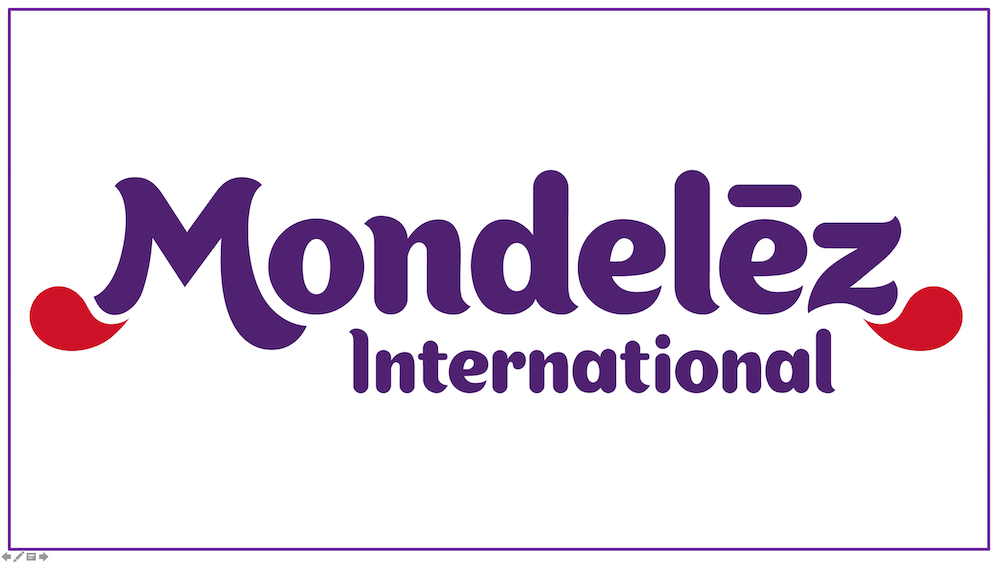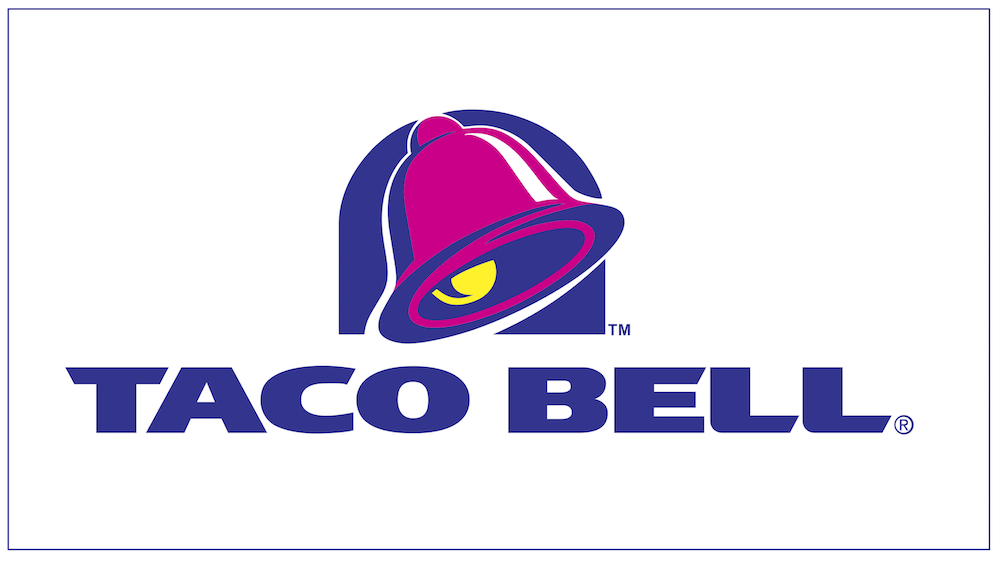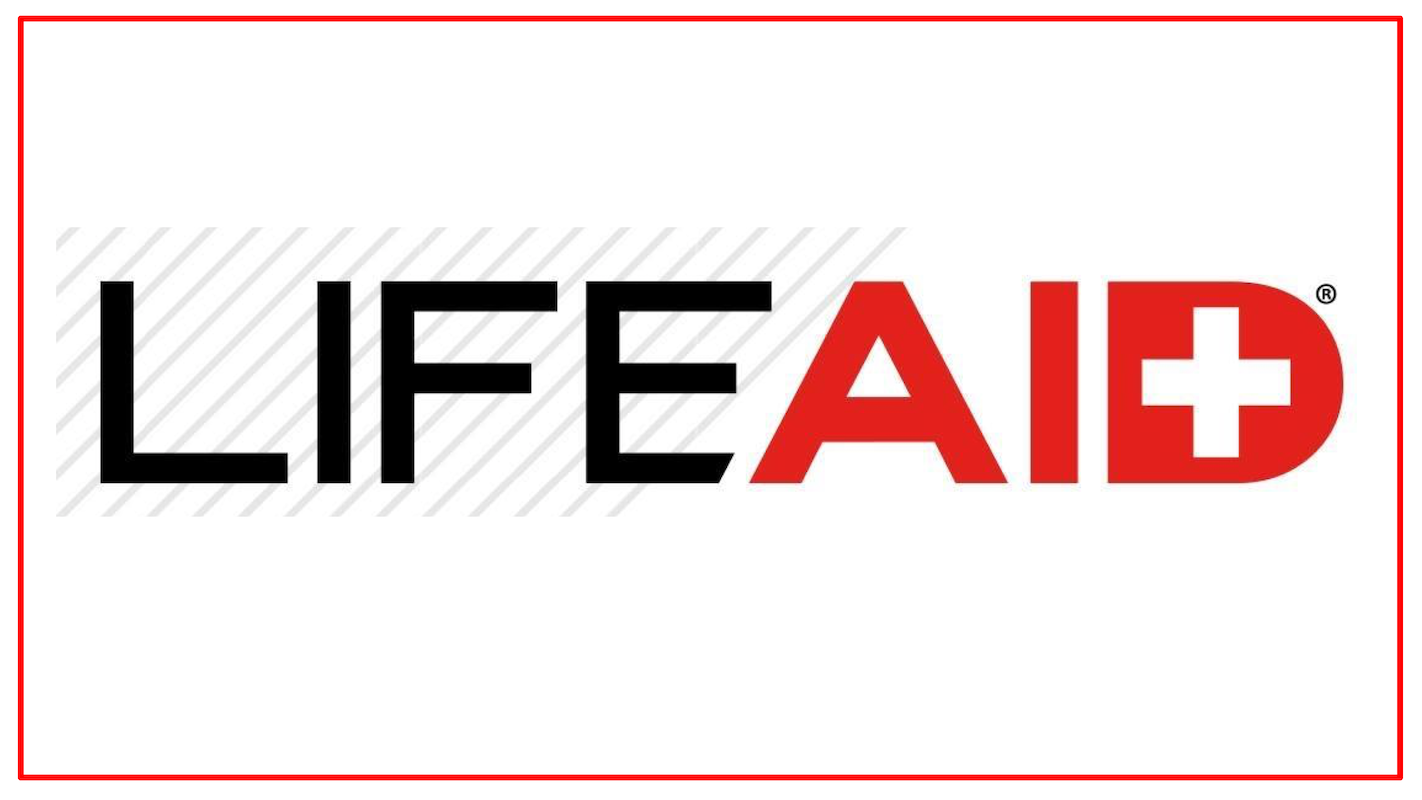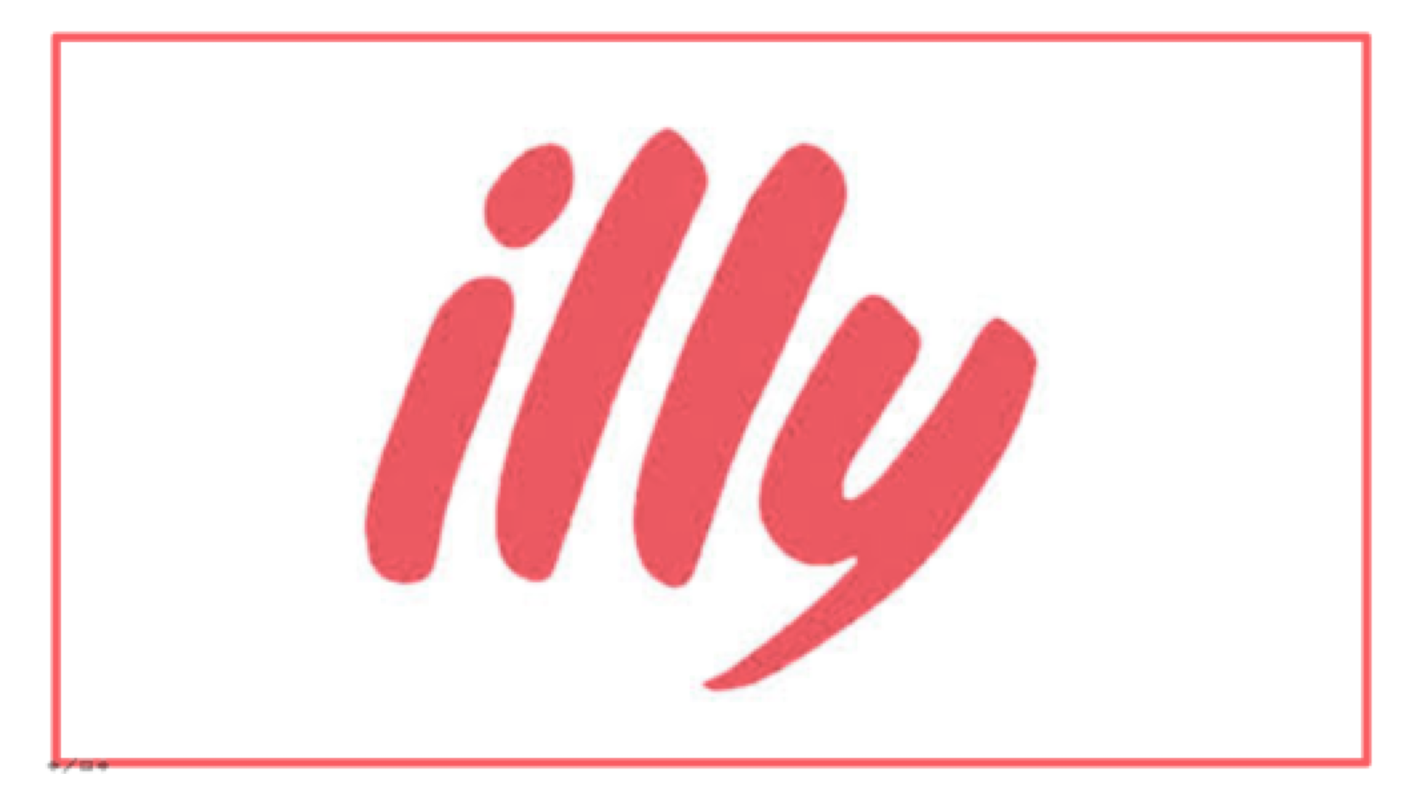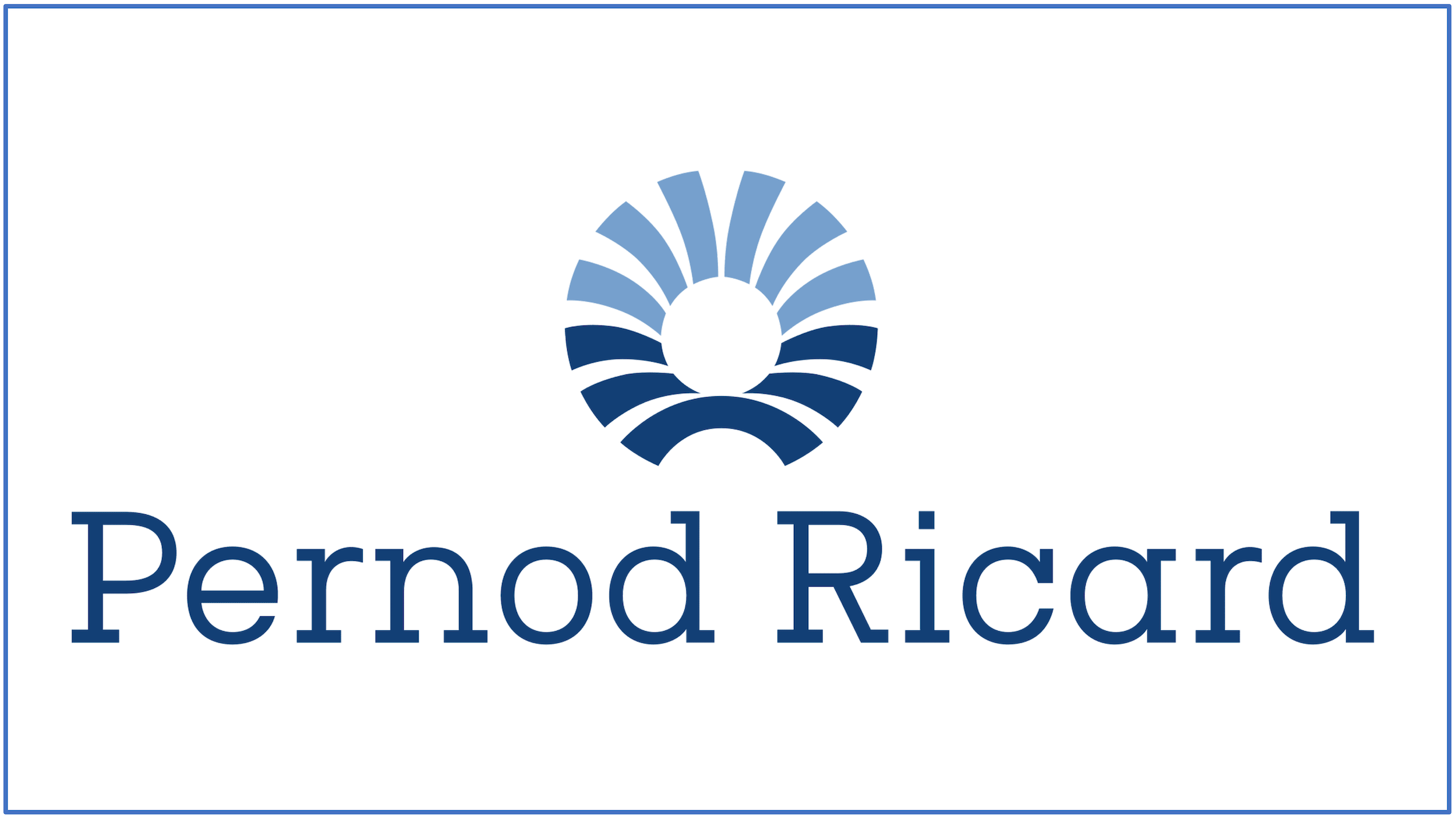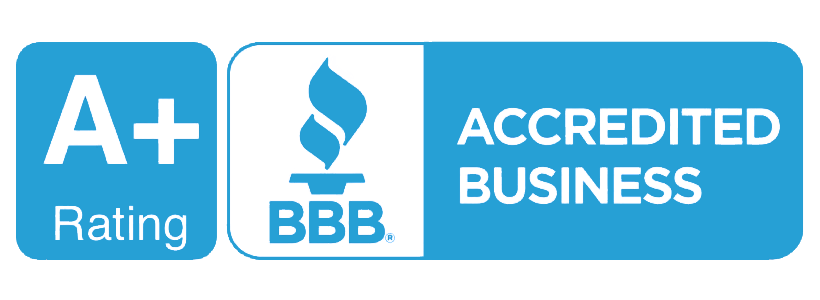ARE YOU TRYING TO DEVELOP A BEVERAGE?
Create the Perfect Drink With Our Team Of Award Winning Beverage Formulation Experts
We help thousands of startup companies to develop and produce their new drinks.
Our Beverage Development Team Turns Your Ideas Into Drinks Ready For Sale in Stores & Online
"Power Brands has been an amazing innovation partner over the past two years – so much so that I have personally recommended them to several other PepsiCo divisions”
Functional & Emerging Beverages Innovation Lead - PepsiCo
We can help with any type of drink development! Carbonated drinks, waters, sports drinks, energy drinks, fruit juices, teas, kombucha, protein drinks, flavored malt beverages, wine, mixers, spirits or any other type of beverage formulation you may need? Request Free Information >
Certified Beverage Formulation
We are the leading beverage formulation and beverage development company! We Specialise in beverage formulation for Startups. Request Free Information >
A QUICK GUIDE TO DEVELOPING BEVERAGE BRANDS & NEW DRINKS
Here is a concise and practical guide covering the key best practices and considerations for anyone new to beverage formulation. This simple to follow roadmap will help set you on a successful path towards creating your new beverage brand and products.
1. Concept Development
-
Is it functional (e.g., energy, hydration, wellness) or purely for refreshment and taste?
Clear objectives guide ingredient choices, nutritional profile, and positioning in the market.
Identify Your Target Audience
Tailor the formulation to consumer needs: age, lifestyle, health concerns (e.g., low sugar, caffeine-free, natural ingredients).
Understand how trends (plant-based, low-calorie, probiotic, etc.) may shape your concept.
-
Base Liquid Selection
Common bases: water, juice, dairy, plant-based milks, teas, or functional broths.
Ensure quality (e.g., purified water, verified suppliers for plant-based sources).
Flavor Components
Balance sweet, sour, salty, bitter, and umami elements.
If using natural flavors, ensure they match the product’s positioning (e.g., “all-natural,” “organic”).
Sweeteners
Choose between sugar, honey, agave, stevia, monk fruit, or other alternatives.
Consider regulatory guidelines for “low-sugar” or “no-sugar” claims.
Functional Ingredients (if applicable)
Caffeine, vitamins, minerals, botanicals, adaptogens, probiotics, etc.
Keep track of stability and possible interactions with other ingredients.
Stabilizers, Emulsifiers, and Preservatives
Required if your product contains oils (e.g., essential oils in flavored waters) or is prone to separation (plant proteins).
Natural preservatives (e.g., rosemary extract, certain acidulants) may appeal to clean-label consumers.
Colorants
Try nature-derived pigments (turmeric, beet juice) or certified food color if the product demands a bright, consistent hue.
Always verify permissible levels per regulatory standards.
-
Small Batch Testing
Start with lab-scale or kitchen-scale experiments.
Document every batch’s recipe, process steps, and tasting notes for reproducibility.
Sensory Evaluation
Use a small focus group or colleagues for immediate feedback.
Track flavor, aroma, mouthfeel, appearance, and aftertaste.
Adjust ingredient levels based on feedback, iterating until desired taste and functionality are achieved.
Shelf-Life Assessments
Conduct preliminary stability tests (e.g., accelerated shelf-life testing).
Monitor for changes in taste, color, pH, odor, and microbial growth over time.
-
Pilot-Scale Production
Transition from lab/kitchen to pilot plant.
Verify that the flavor, texture, color, and stability remain consistent at larger volumes.
Process Optimization
Fine-tune mixing times, temperatures, and homogenization or carbonation levels (if sparkling).
Identify critical process parameters to control for product consistency.
Packaging Compatibility
Test beverage behavior in chosen packaging (PET, glass, aluminum cans, aseptic cartons).
Ensure package integrity and product stability over the intended shelf life.
Cost Analysis
Evaluate raw material, production, packaging, and distribution costs.
Identify possible cost savings without compromising quality or brand positioning.
-
Documentation & Specifications
Create clear product specifications (pH, Brix, color, flavor intensity, microbial limits).
Ensure all ingredients meet established quality and safety standards.
Compliance & Labeling
Adhere to regulatory guidelines for nutrition facts, ingredient listing, and claims.
Conduct final label reviews to ensure accuracy (net weight/volume, allergen declarations, etc.).
Ongoing Testing
Implement routine quality checks in production (sensory, chemical, microbiological).
Maintain consistent product performance throughout the shelf life.
-
Launch Strategy
Align with marketing efforts (key messaging, brand story, influencer or social media campaigns).
Provide clear usage instructions (shake before use, refrigerate after opening, etc.).
Monitoring & Feedback
Monitor consumer feedback and sales performance.
Use feedback loops to refine future batches or new product variations.
Product Iterations
Fine-tune product features or line extensions (flavor variations, format sizes, dietary variants).
-
Maintain a Consumer-Centric Approach: Always keep the end user’s preferences, lifestyle, and pain points at the forefront.
Keep an Eye on Trends: The beverage market evolves quickly with new ingredients, technologies, and consumer demands.
Be Prepared to Pivot: Early consumer and production feedback can reveal issues or opportunities—remain flexible.
Collaborate with Experts: Leverage resources such as flavor houses, consultants, co-manufacturers, and ingredient suppliers for specialized knowledge.
Document Everything: Thorough records ensure consistency, aid in troubleshooting, and support regulatory compliance.
By following these best practices - focusing on clear objectives, meticulous formulation, rigorous testing, and ongoing quality assurance - you will greatly increase your chances of creating a successful new beverage that meets both market demands and regulatory standards.
Leading Beverage Formulation and Development Experts
At Power Brands, we are proud to be recognized as one of America’s leading beverage formulation companies and beverage development companies. Our award-winning team of beverage formulators and beverage formulation experts is dedicated to turning your vision into a market-ready success. With decades of combined experience, we deliver innovative solutions tailored to every facet of beverage creation—from ideation and R&D to manufacturing and marketing.
Comprehensive Beverage Formulation Services
Our approach begins with a deep dive into your concept, ensuring every new beverage formulation project captures the essence of your brand. We offer:
Custom Beverage Formulas: Our in-house beverage formulation team leverages a state-of-the-art formulation laboratory equipped with custom-built research & development equipment to create unique formulas that are both delicious and cost-effective.
Ingredient Innovation: Our beverage scientists maintain a vast inventory of thousands of ingredients on-site and benefit from strategic relationships with top flavor, nutraceutical, sweetener, color, and raw material suppliers.
Market-Ready Development: Collaboration is key. Our beverage design and marketing teams work alongside our formulation experts to ensure every beverage is not only innovative but also highly marketable. We also provide guidance from our dedicated beverage manufacturing experts, who ensure that each product is engineered for efficient production and practical manufacturing processes.
Why Choose Power Brands?
Our commitment to excellence sets us apart from other beverage formulation companies. Here’s why leading beverage companies and new entrants alike choose Power Brands:
Innovative Solutions: We are constantly exploring new technologies and ingredients, keeping us at the forefront of the beverage industry.
Full-Service Support: Unlike competitors, our approach integrates every stage of the beverage development process, from concept creation to market launch.
Industry Expertise: Our experienced team not only formulates beverages but also provides strategic insight into beverage business trends, ensuring your product resonates with today’s health-conscious and flavor-seeking consumers.
Award-Winning Reputation: With thousands of successful beverage formulas developed for over 1,000 new and existing beverage companies, our track record speaks for itself.
Partner with the Best in Beverage Formulation
Now is the perfect time to introduce a new beverage concept to the market. Whether you are looking for a complete beverage development solution or expert advice on formulating a unique product, our team is ready to help. Contact us today for free information and discover how our beverage formulation experts can transform your idea into a groundbreaking product.
Power Brands is more than just a beverage development company—we are your partners in crafting remarkable beverages that stand out in the competitive marketplace. Let us help you create new and exciting beverage experiences that deliver exceptional value and performance.
Elevate your beverage business with Power Brands, where innovation meets expertise in every drop. Start your journey with the trusted leaders in beverage formulation and beverage development. Learn more and request free information today!
The Definitive Guide to Developing Beverage Brands - 2025 Edition
How leading beverage development companies and beverage formulation companies take a drink from idea to thriving brand - a practical, end‑to‑end playbook by Power Brands.
-
Entrepreneurs, operators, and innovators who want to move decisively from concept to launch — and who prefer clear, practical best practices over theory. If you’ve searched for a beverage development company, compared beverage development companies, or evaluated a beverage formulation company to help you, this guide gives you the same structured roadmap we use every day.
At Power Brands, we’ve helped develop and launch hundreds of beverages across energy, hydration, wellness, sports, coffee/tea, plant‑based, and functional categories. We operate as a full‑service beverage development company and beverage formulation company, integrating R&D, packaging design, regulatory, manufacturing, and go‑to‑market strategy so your product is engineered to succeed in the real world, not just the lab.
Core promise: Build it right the first time. That means consumer‑driven concepting, scientifically sound formulation, manufacturability, compliance, cost discipline, and a launch plan that matches distribution reality.
-
Define the concept: product purpose, target consumer, points of difference, and claim strategy.
Architect the formula: flavor system, sweetener matrix, functional actives, stability systems, safety margins.
Design for manufacturing: select processes and pack types early (hot‑fill, cold‑fill, tunnel pasteurization, HPP, aseptic; can vs PET vs glass vs carton vs pouch).
Prove it in the lab: bench samples → sensory → accelerated stability.
Prove it on a line: pilot or first commercial run with tight quality plan, retains, and corrective action loops.
Price it to scale: costed BOM, case pack, landed cost, wholesale/retail ladder, promo and trade math.
Package to sell: consumer‑centric design system aligned to claims and shelf context; compliant labels.
Launch where it can win: channels, sequencing, and velocity plan; feedback loop for iteration.
-
A professional beverage development company starts by making the invisible visible. Before anyone opens a flavor, we clarify five documents that drive everything else:
1.1 Positioning brief
Job‑to‑be‑done: What problem does the drink solve (energy, focus, hydration, satiety, recovery, relaxation) or what positive does it deliver (taste joy, ritual, premium craft)?
Category frame: Compete as energy drink, functional water, RTD tea/coffee, sparkling botanical, sports hydration, protein, or kids/family refreshment.
Promise & proof: The headline claim (e.g., “Clean Energy, Zero Sugar”) and the proof points (caffeine source and mg, no artificial sweeteners, adaptogens, electrolyte levels, NSF‑Certified for Sport, etc.).
1.2 Target consumer
Who: Athletes, students, professionals, parents, Gen Z flavor seekers, health‑conscious millennials, 40+ wellness buyers.
Why they choose: taste, low/zero sugar, natural/organic, caffeine profile, macros, or sustainability.
Where they buy: c‑store, grocery, club, natural/specialty, gym, Amazon, direct‑to‑consumer, or non‑commercial (workplace, healthcare, education via partners like Compass Group, Sodexo, Aramark, Sysco, US Foods).
1.3 Points of difference
Functional edge (e.g., precise electrolyte profile, clinically supported botanical, or protein digestibility).
Flavor architecture (e.g., chef‑forward, international fruits, lower acidity for better drinkability).
Formulation philosophy (e.g., natural flavors, natural colors, fewer ingredients, no HFCS, non‑GMO, organic where feasible).
1.4 Guardrails
Allergens/Free‑from: gluten‑free, dairy‑free, vegan, nut‑free.
Labeling: natural vs “made with natural flavors,” organic eligibility, non‑GMO.
Sugar/Calories: grams per 12 oz, target sweetness curve vs claims ("zero sugar," "no sugar added," "reduced sugar").
1.5 Success metrics
Velocity: target units per store per week (UPSPW) by channel.
Gross margin: target % at distributor and at brand P&L.
Trial & repeat: trial rate from sampling and media; repeat within 60–90 days.
Tip: A strong concept brief outperforms a weak product with great packaging. Great beverage formulation companies insist on the brief first.
-
A beverage formulation company makes thousands of micro‑decisions that determine taste, safety, cost, and claims. The right framework turns those choices into a logical system.
2.1 Base and body
Water: start with consistent, purified water. pH and mineral content affect taste and stability.
Juice & purees: flavor, color, and nutrition with natural sugar; manage browning and separation.
Teas/coffees: deliver natural caffeine and polyphenols; consider tannin/bitterness management.
Plant milks & proteins: viscosity and mouthfeel; manage suspension and heat stability.
2.2 Flavor system
Top notes: volatile citrus, tropical, herbals; protect via closed processing and appropriate emulsions.
Mid‑body: character flavors (berry, stone fruit, spice) that define identity.
Back‑end: bitter/sour/salty finishing; engineer the aftertaste to avoid astringency or metallic notes.
Natural vs artificial: Natural flavors and natural colors support a clean label; artificial can be more intense/stable but may contradict positioning.
2.3 Sweetener matrix
Traditional: cane sugar, beet sugar, honey, agave — superb sensory, insulin/glycemic realities.
Alt/non‑nutritive: stevia, monk fruit, allulose, erythritol, sucralose, acesulfame‑K; blend for a natural curvature and reduced linger.
Design it, don’t bolt it on: sweetness must be architected with acidity, aroma volatiles, and mouthfeel.
2.4 Functional actives (if applicable)
Energy & focus: caffeine (source & mg), L‑theanine, guarana, green coffee/tea, nootropics.
Hydration: sodium/potassium/magnesium ratios, osmolality targets; avoid salty aftertaste.
Recovery & performance: BCAAs, electrolytes, creatine, beta‑alanine (tingle management), tart cherry.
Wellness: adaptogens (ashwagandha, rhodiola), antioxidants, collagen, probiotics (CFU stability strategy), prebiotics/postbiotics.
Satiety & metabolic: fibers, hydrocolloids, alginate systems (pairing with calcium delivery), protein systems.
Caution: Functional claims must be truthful and substantiated. Avoid implied disease claims; structure/function claims require appropriate wording.
2.5 Stability, safety, and interactions
Emulsifiers & cloud systems for citrus oils and botanicals.
Chelators/antioxidants (ascorbic acid, EDTA where allowed) to manage metal‑catalyzed oxidation.
pH window: set early; drives preservation strategy and taste.
Microbiological safety: choose a validated kill‑step (hot‑fill, tunnel pasteurization, retort, HPP, aseptic) and align formulation to it.
2.6 Colors
Natural pigments: turmeric, beta‑carotene, beet, spirulina, anthocyanins — protect from light/heat/oxygen.
Certified colors: consistency and intensity; consider brand philosophy and retail expectations.
-
Great beverage development companies document relentlessly, because success depends on reproducibility.
3.1 Bench development
Build sample sets in controlled increments (A/B/C) across sweetness, acid, flavor load, and functional level.
Track batch sheets: lot numbers, times, temps, order of addition, mixing speeds, weights, deviations.
Record sensory from trained internal panels and naïve testers.
3.2 Sensory design
Score aroma, upfront hit, mid‑palate, mouthfeel, finish, aftertaste, perceived sweetness vs acidity, and overall liking.
Identify off‑notes (green, metallic, paper/cardboard, astringent, sulfur) and apply targeted fixes (balance acids, switch salts, use bitterness blockers, adjust top‑notes, change sweetener blend).
3.3 Stability screens
Accelerated: 40–45°C ovens, UV exposure, freeze/thaw where relevant.
Monitor pH, Brix, color, turbidity, carbonation, pressure, and packaging interactions.
Retains: store and evaluate at 0, 2, 4, 8, 12 weeks and map decay curves to predict shelf life.
3.4 Safety & compliance
Validate preservation strategy aligned to pack/process.
Start label control early: nutrition facts, ingredient list order, allergens, statement of identity, net contents, manufacturer/distributor statement, country of origin, UPC.
-
A beverage formulation company that thinks like a plant saves you months and thousands.
4.1 Choose the right process
Hot‑fill: acidic still beverages; great for teas/juices; limits on heat‑sensitive actives.
Tunnel pasteurization: carbonated beverages in cans/glass; target pasteurization units (PUs) without killing flavor.
HPP: refrigerated premium beverages; superb fresh flavor; cold chain required; higher cost/shorter shelf life.
Aseptic: shelf‑stable low‑acid and high‑protein systems; capital intensive; superb quality; strict validation.
Retort: extreme heat; long shelf life; flavor and texture constraints.
4.2 Match packaging early
Aluminum cans: sustainability, speed, great for carbonated and many still beverages; consider liner compatibility.
Glass: premium cues, great barrier, higher weight and breakage risk.
PET: clarity and light weight; we minimize plastics where feasible to reduce environmental footprint.
Cartons & pouches: aseptic options, portion control, kids; shelf impact considerations.
Sustainability at Power Brands: We work with glass, PET, aluminum cans, and pouches, but we aggressively minimize plastic where possible and push toward recyclable aluminum and light‑weighting without compromising safety.
4.3 Engineering for the line
Optimize order of addition and mixing shear to avoid flavor flash‑off and protein denaturation.
Tune carbonation (volumes of CO₂) and foam management.
Specify filters, screens, and nozzle sets the co‑packer actually owns.
4.4 Specifications package (what your co‑packer will ask for)
Master formula/BOM with % weights and mg/serving for actives.
Critical control points and acceptable ranges (pH, Brix, temperature, PUs, carbonation volumes).
COAs required from suppliers; SDS on files.
Packaging specs (can/end, seamer settings, torque, closure, liner, secondary packaging).
-
Even the best lab formula will behave differently at scale. Professional beverage development companies plan the run like a mission.
5.1 Pre‑run readiness
Confirm ingredient arrival (with COAs), pack materials, and QA sampling plans.
Conduct a line walk: check kettle volumes, heat exchangers, carbonators, fillers, seamers/cappers, pasteurizer settings, coder/ink types.
Align on batch size and yield math (including dump factors and changeover losses).
5.2 On‑line adjustments
Titrate acids and sweetness at temperature; lab readings can drift when hot.
Validate CO₂ against spec in‑line and post‑pasteurization (CO₂ drops with heat).
Pull retains at start/middle/end; mark with timestamps and conditions.
5.3 Post‑run review
Compare lab vs in‑plant sensory.
Review deviations, rework plans, and customer complaint protocol.
Close the loop: update the master formula, the SOP, and the spec.
-
A seasoned beverage formulation company designs claims and labels with compliance in mind.
6.1 Core label elements
Statement of identity (common name).
Net contents (fl oz and mL).
Nutrition Facts (standard or dual‑column when required).
Ingredient list (descending order by weight); sub‑ingredients properly parenthesized.
Allergens: FALCPA top 9.
Name & address of manufacturer/packer/distributor; contact for consumer.
Barcode/UPC sized and placed correctly.
6.2 Claims
Nutrient content ("low calorie," "good source of"): follow thresholds.
Structure/function (“supports hydration,” “helps energy metabolism”): require substantiation and disclaimers.
Organic/Non‑GMO: certification programs; separation and audit trails.
Natural: avoid implying FDA approval; be clear and honest.
6.3 International
If planning Canada/EU/UK/APAC, align early; nutrition panels, additive lists, and claim standards differ.
-
Winning products are engineered to hit margin targets from day one.
7.1 Costed BOM (bill of materials)
Ingredients (+ freight, scrap, overages)
Primary packaging (can/bottle, ends/closures, label/sleeve, tray/case)
Processing & conversion (tolls, pasteurization/HPP cost, changeovers)
Secondary packaging (shippers, dividers)
Logistics (inbound to co‑packer + outbound to DC)
7.2 Price ladder (example logic)
COGS (ex‑works) → Landed brand cost → Distributor (10–30% gross margin depending on channel) → Retail (30–40%+) → Promo (TPR, off‑invoice) → Net P&L.
Engineer SRP so you can promote without destroying margin.
7.3 MOQs and cash planning
Ingredients often have MOQs and long lead times (4–12+ weeks); secure alternates.
Pack materials (especially cans/ends, sleeves) require early ordering.
Build 12‑week rolling forecasts and a cash/PO calendar.
-
A brilliant formula dies in a dull package. A world‑class beverage development company pairs formulation with design and marketing.
8.1 Visual strategy
Shelf context: Who are you adjacent to? What color blocks dominate? Where can you be distinct yet category‑legible?
Hierarchy: brand; flavor; functional benefit; claim badges; callouts (mg caffeine, electrolytes, zero sugar); and required label statements.
Accessibility: legible typography; color contrast; clear icons.
8.2 Structural & print
Cans: print vs sleeve; matte vs gloss; scuff testing for DSD.
Bottles: label panels, pressure‑sensitive vs shrink, tamper bands, closure colorways.
Sustainability: prioritize aluminum and glass when feasible; light‑weight PET; recycled content; recyclable inks/labels where possible.
8.3 Claims alignment
Only front‑panel what you can substantiate and defend.
-
You don’t need every channel on day one; you need the right channel.
9.1 Pilot channels
Regional grocery/natural with buyers who champion innovation.
C‑store partners if you’re velocity‑oriented (energy and hydration especially).
Fitness/gym and specialty retail for function‑forward brands.
E‑commerce: Amazon + DTC to capture intent and test messaging quickly.
9.2 Foodservice & non‑commercial
Managed services (Compass, Sodexo, Aramark) and broadline distributors (Sysco, US Foods) open workplaces, healthcare, education, and stadiums. Requirements differ (case sizes, pack formats, nutrition labeling, procurement onboarding).
9.3 Sequencing
Begin where your target consumer shops most and where you can create proof of velocity quickly; expand once you have repeat data and a tight supply chain.
-
While each project varies, our beverage formulation company runs a disciplined timeline:
Week 0–2 — Concept lock, scope, and deposit; project kick‑off; regulatory and claims planning.
Week 2–6 — Bench development rounds; sensory; stability screens; packaging shortlist.
Week 6–8 — Final formula selection; nutrition panel and label copy; first packaging comps.
Week 8–10 — Co‑packer selection; line trials scheduled; procurement of long‑lead materials (post final formula approval).
Week 10–14 — Pilot/first production; QA documentation; post‑run review.
Week 14–18 — Launch readiness: sell sheets, case specs, pallet configs, distributor onboarding, digital assets, retail presentations.
Acceleration option: For simple, high‑acid formulas (e.g., standard energy drink flavor systems) with available materials and a ready line, timelines can compress toward ~30 days end‑to‑end. Procurement lead times are usually the critical path.
-
A beverage development company lives and dies by quality.
Specifications: pH, Brix, color (Lab*), carbonation volumes, viscosity (where relevant), mg/serving for actives.
Incoming inspection: COAs, sampling plans, acceptance criteria.
In‑process controls: temperature, time in hold, dissolved oxygen, fill heights, seams/caps torque, PUs.
Finished goods: retains by pallet, lot traceability, mock recalls.
Complaint handling: CAPA (Corrective and Preventive Action) loop to the formula, process, or pack.
-
Dual suppliers for critical ingredients/packaging.
Alternate sweetener/acid systems validated as back‑ups.
Business continuity: co‑packer alternates; emergency production windows.
Insurance & certifications: product liability, SQF/BRC/GFSI standards at plants.
-
Flavor load tuning for cost/impact curve (diminishing returns after a point).
Sweetener blend efficiencies while preserving mouthfeel.
Acid system costs vs flavor lift; citric/malic/tartaric blends.
Pack changes: tray vs wrap; case count optimization; pallet pattern to improve freight.
Freight lanes: co‑locate production near ingredients or key DCs.
-
We are a hands‑on beverage development company and beverage formulation company. Here’s how we partner:
Strategy & concepting — market scan, white space, claim architecture, and financial guardrails.
Formulation & lab — bench work, sensory, stability, and spec development with our in‑house R&D team and lab.
Packaging & design — structure, materials, and brand system that sells and complies.
Regulatory — nutrition facts, ingredient statements, allergen and claim review, international readiness.
Manufacturing — co‑packer selection, line trials, production support, quality plans, retains.
Go‑to‑market — channel sequencing, sell sheets, retailer/distributor presentations, and launch toolkits.
We work across glass bottles, PET bottles, aluminum cans, and pouches, but we are doing everything possible to reduce plastic in the supply chain while keeping costs, safety, and consumer experience in balance.
-
No hard target consumer — “for everyone” equals “for no one.”
Over‑functionalizing — stacking actives that fight each other (stability, taste, or legal issues).
Ignoring manufacturability — a lab miracle that can’t run on the line.
Under‑branding — flavor names without a brand story or reason to choose.
Wrong price ladder — a COGS that can’t support promo or broker/distributor margins.
Weak sampling plan — not funding trial at the point of decision.
Plastic by default — not exploring aluminum or light‑weighting options early.
-
Development checklist
Concept brief approved (job‑to‑be‑done, target consumer, claims)
Guardrails (sugar, allergens, natural/organic, caffeine, colorants)
Functional actives list with target mg/serving & substantiation
Sweetener matrix and acid system selected
Stability plan (pH, kill‑step, antioxidants, emulsions)
Packaging shortlist and sustainability goals
Pre‑production checklist
Final master formula & BOM signed
Label files proofed (regulatory + print)
Co‑packer slot booked; batch size validated
Ingredients/pack POs placed; COAs confirmed
QA plan: sampling, test methods, retains
Logistics: pallet pattern, case dimensions, freight
Launch checklist
SRP and promo guardrails set
Sell sheet, case specs, pallet schematic
Distributor onboarding packet
Retailer presentations and planograms
Trial plan: demos, digital offers, partner campaigns
-
Energy drinks
Purpose: fast/clean energy with smooth finish and no crash perception.
Levers: caffeine mg, source (anhydrous vs natural), L‑theanine ratio, B‑vitamins balance.
Taste: acid system (citric/malic), esterified top notes for bright nose, minimize bitter linger.
Process: tunnel pasteurization + cans is common; check liner compatibility.
Sports hydration
Purpose: isotonic or hypotonic for rapid absorption.
Levers: sodium/potassium/magnesium, osmolality window, flavor subtlety for sessionability.
Process: hot‑fill PET or can; clear label claims around electrolytes and calories.
Protein & recovery
Purpose: satiation, muscle support, or meal replacement.
Levers: protein type (whey, casein, plant blends), stabilization, sweetness/viscosity balance.
Process: aseptic or retort; label compliance around protein quality and quantities.
Functional wellness
Purpose: stress support, cognitive focus, immunity, gut health.
Levers: adaptogens, nootropics, vitamins/minerals, fibers/prebiotics; flavor masking strategies.
Process: varies widely; careful with heat‑sensitive actives.
Coffee & tea
Purpose: ritual + function (caffeine and polyphenols) with clean finish.
Levers: extraction parameters, acidity management, nitrogenation options, sweetness curve.
Process: hot‑fill glass/PET, cans (nitro or standard), or aseptic for dairy/alt‑dairy.
-
We believe the beverage industry can improve lives and reduce environmental impact. That’s why our beverage development company pushes toward:
Less plastic overall; more aluminum and glass where feasible.
Smart pack weights and efficient pallet patterns to reduce freight emissions.
Ingredient sourcing that favors responsible suppliers and traceability.
Formulation choices that avoid unnecessary additives and reduce waste.
-
Working with a professional beverage formulation company should feel structured and fast. Here’s our standard engagement:
Intro call → Understand goals, constraints, and timeline.
Scope & proposal → Clear deliverables, calendar, and cost.
Kick‑off & deposit → Triggers project setup and R&D slotting.
Bench rounds → Rapid iterations with same‑week feedback cycles.
Label & pack → Parallel path design and compliance.
Co‑packer & procurement → Book line time; order long‑lead materials once formula is approved.
First run → On‑site support, QA, and post‑run improvements.
Launch → Sales materials, channel sequencing, and iteration plan.
When you’re ready, we’ll move at the speed your timeline requires — without compromising safety, quality, or cost discipline.
-
BOM: Bill of Materials (ingredients + packaging with costs).
PUs: Pasteurization Units, measure of heat process delivered.
COA: Certificate of Analysis verifying material specs.
Osmolality: concentration driving fluid absorption; key for hydration drinks.
UPSPW: Units per Store per Week; core velocity metric.
-
We are one of America’s leading beverage development companies and beverage formulation companies for a reason:
Track record: hundreds of successful launches and line extensions.
Cross‑functional integration: R&D + packaging + manufacturing + GTM under one roof.
Sustainability mindset: minimize plastics; favor recyclable materials; responsible sourcing.
Founder‑friendly: transparent scopes, practical timelines, and realistic commercial guidance.
Power Brands is more than a lab. We’re your partner from first spark to store shelf.
Ready to build? Let’s get started.
-
Q1: What’s the difference between a beverage development company and a beverage formulation company?
A: Formulation is the science and lab work behind the recipe. Development expands to strategy, packaging, manufacturing, launch, and iteration. Power Brands does both.Q2: How long does it take to develop a beverage?
A: Typical projects run 60–90 days. With a simple, high‑acid formula and pre‑booked line time, we can compress toward ~30 days. Procurement lead times are usually the gate.Q3: How much does beverage formulation cost?
A: Depends on complexity and claims. Simple flavored waters are on the lower end; protein/aseptic or advanced functional systems cost more. We price transparently against scope.Q4: Can you make zero‑sugar taste great?
A: Yes, by blending sweeteners, managing acids, adding aroma volatiles, and tuning mouthfeel.Q5: Can you help with co‑packer selection?
A: Yes. We match your process/pack to a line that can actually run it, then we’re on‑site for the first run.Q6: Do you handle regulatory and labels?
A: Yes — nutrition facts, ingredient lists, allergen statements, and claim reviews.Q7: Will you help after launch?
A: We stay involved with iteration, line extensions, and cost‑downs, and we support retail/distributor conversations with realistic plans.Q8: Do you work with startups or only big brands?
A: Both. We’ve helped hundreds of startups and many global companies.Q9: Can you minimize plastic?
A: Absolutely. We prioritize aluminum and glass when feasible and light‑weight PET when needed.Q10: What about international markets?
A: We build for US first or multi‑region depending on your plan; claim/label rules vary, so we plan accordingly.
Start now → We’ll turn your vision into a market‑ready beverage with the speed, rigor, and taste your consumers will love.

